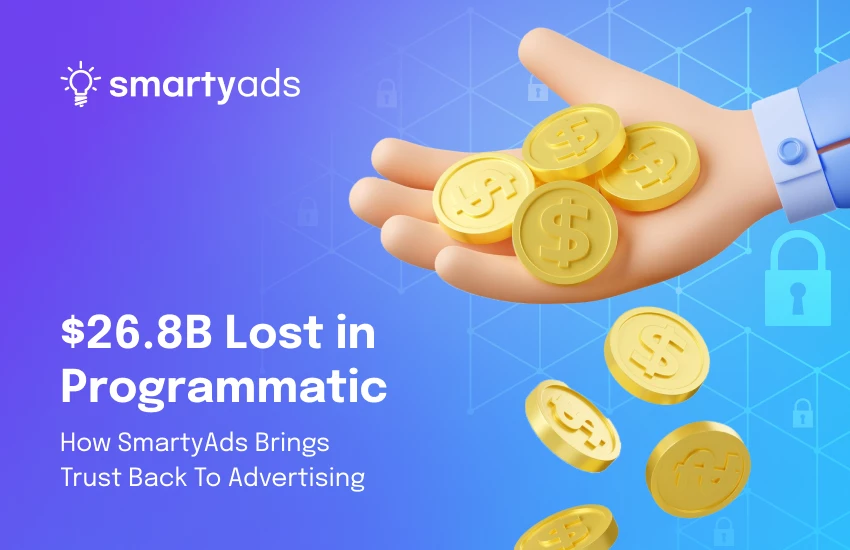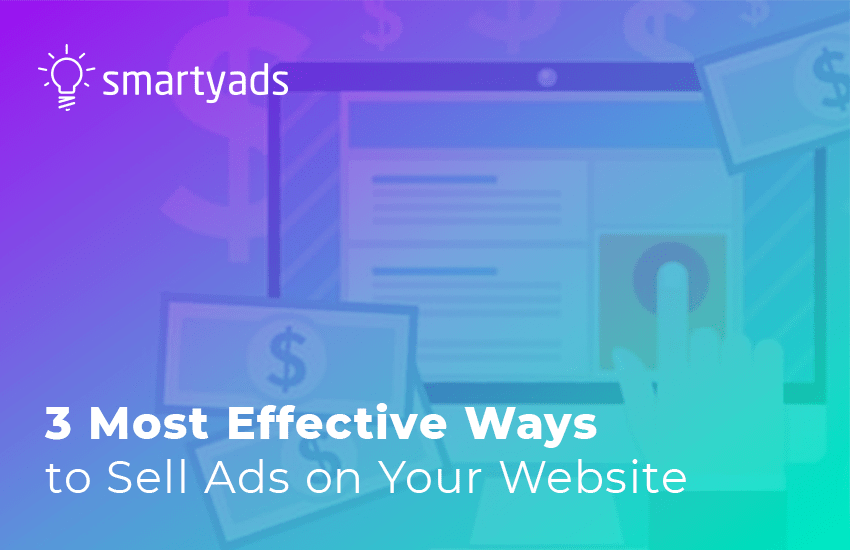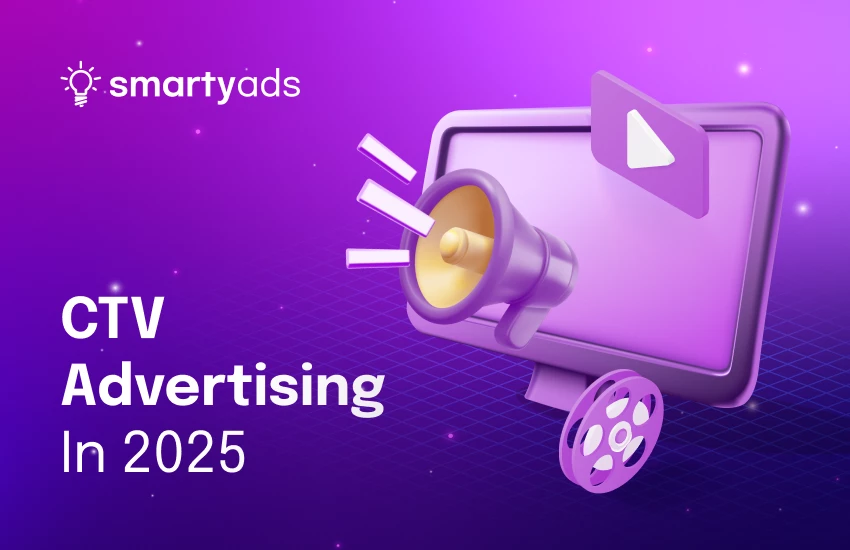$26.8 billion. That’s how much money disappears in programmatic every single year — even after the loud crackdown on MFA sites. The number is staggering, like burning through an entire Fortune 500 ad budget in the fire of low-quality inventory and unnecessary middlemen.
The ANA Q2 2025 Programmatic Transparency Benchmark revealed the main culprits: redundant supply paths, shady placements, and measurement blind spots. In other words, brands are still paying without really knowing where their dollars land. It feels less like precise media buying and more like rolling dice at a crowded casino, where the odds are never in your favor.
Yes, the industry has made progress on MFA exposure, but true transparency is still far from reality. Programmatic keeps moving forward, yet advertisers and publishers continue to count losses in places where growth should have been the story.

The real cost behind wasted ad dollars
Advertisers aren’t just losing money — they’re losing confidence. Every wasted dollar is a missed opportunity to reach someone who could actually care about their message. Instead of building momentum, budgets get diluted across endless intermediaries and low-quality sites. Efficiency slips away, scale becomes shaky, and what was meant to be a precision tool starts to feel more like a gamble. If you don’t know where your ads land, how can you truly trust the channel?
Publishers feel this pain from the other side. They put resources into creating valuable, brand-safe content. But when the money gets stuck in the middle of the chain, they receive only a fraction of what their work is worth. It’s like growing fresh produce only to see it rot in a warehouse before it reaches the market. Quality creators can’t thrive when they’re constantly underpaid.
The bigger consequence is systemic. Programmatic was supposed to make advertising smarter, faster, and cleaner. Instead, the industry still stumbles over messy supply paths and partial transparency. Yes, progress has been made, but the blind spots remain. Until those gaps close, advertisers will keep questioning ROI, publishers will keep feeling undervalued, and the promise of programmatic will remain only half-fulfilled.
Clean-up started, but the dust hasn’t settled
The industry has already made some moves to fix the leaks. The MFA crackdown was the loudest step. And it did help. Spending on those sites dropped, exposure shrank, and advertisers finally saw at least part of their budgets redirected toward safer ground. For a moment, it felt like a small victory.
But here’s the catch — billions are still vanishing. Shorter supply paths? Yes. Cleaner marketplaces? Somewhat. Yet too many unnecessary layers remain in the chain. Measurement tools? Smarter than before, but they still leave blind spots. It’s like cleaning a window that always looks foggy, no matter how many times you polish it.
The problem runs deeper than tech. Filters, dashboards, and algorithms are helpful, but they don’t solve the trust gap. Advertisers need more than surface-level clean-up. They need proof that their ads are landing on real, valuable inventory. They need direct access to publishers who deliver quality, not promises. Until that happens, programmatic will keep walking with a limp, no matter how many shiny tools the industry builds.

Turning losses into growth
If we don’t want to see another $26.8B vanish next year, the path ahead has to be cleaner and sharper. That starts with supply paths. They need to be short and direct, not the tangled web of intermediaries we’ve been stuck with. Every extra hop in the chain is like another toll booth on the road — you keep paying, but you don’t really move forward. Brands deserve a straight line to quality publishers, not a detour that drains their fuel.
The second piece is measurement. Marketers shouldn’t have to guess where their money goes. They need a clear map, not a foggy snapshot. Real transparency means knowing exactly which impressions were valuable, which weren’t, and why. Without that, optimization becomes guesswork, and trust in programmatic continues to erode.
And finally, partnerships. Not the “check-the-box” kind where a filter catches some bad traffic and calls it a day. Real partnerships go deeper. They guarantee verified inventory, they share data openly, and they stand behind the quality they deliver. Think of it as moving from a handshake deal to a contract carved in stone.
If these three pillars — clean supply paths, honest measurement, and trusted partners — become the norm, programmatic can finally live up to its promise. Not as a leaky system full of question marks, but as a reliable engine that drives growth for both advertisers and publishers.
Building trust, the SmartyAds way
At SmartyAds, we believe efficiency starts with trust. That’s why every single piece of inventory on our platform is pre-vetted before it ever reaches an advertiser. No guesswork, no gambling. Brands know their ads land on real, high-quality media — not on placements that drain budgets or damage reputation.
To strengthen that safety net, we’ve partnered with Pixalate. Their fraud detection tools work like a second line of defense. They catch fake traffic and filter out shady impressions before they ever touch a campaign. It’s a bit like having not just a strong lock on your door, but also a watchful guard inside. Together, they give advertisers peace of mind that every ad runs in a safe, transparent space.
And the impact? It’s simple but real. Advertisers see stronger ROI and more trust in their campaigns. Publishers keep the fair value for their content. And programmatic, finally, becomes less about leaks and more about growth.
Want to see it in action? Register on our DSP today and experience programmatic the way it should be — clean, efficient, and transparent.





